This section was kindly contributed by the EOSC-Future project.
Architecture of EOSC#
EOSC develops a platform to support the delivery of resources supporting research process. It serves two main EOSC stakeholders: Consumers and Providers. Their interplay and their relation to the EOSC Platform is shown in Diagram 1.
Diagram 1. High level view on EOSC Platform
The EOSC Platform is meant to facilitate adding new resources and make them visible in its Catalogue on one end, and to allow the resource discovery and utilisation on the other end. In the broad scope of resources offered, and due to the differences in terms of delivery and the technological nature, the EOSC Platform implements the topology presented in diagram 2.

Diagram 2. EOSC Resource topology
The Platform is ready to support EOSC goals as a result of operation, connections and integrations between its components. The consumer-facing layer is called EOSC Exchange and includes EOSC resources supporting Research and Open Science which are made discoverable and accessible via a dedicated interface, the EOSC Marketplace. In EOSC Exchange there is a dedicated category of services called ‘Horizontal Services’ which can serve general types of EOSC Consumers and may be used by EOSC Providers to enrich their services with new capabilities. Services served by computing centres and e-Infrastructures are recognised as Horizontal services.
Services and research products can be enhanced with means of professional maintenance and delivery thanks to the EOSC-Core. Both layers are tightly connected via the Interoperability Framework, that allows a unified approach towards the integration with EOSC-Core and aims to deliver guidance towards the (general) composability of resources.
All elements composing EOSC-Exchange and-Core are covered by the EOSC support activities.
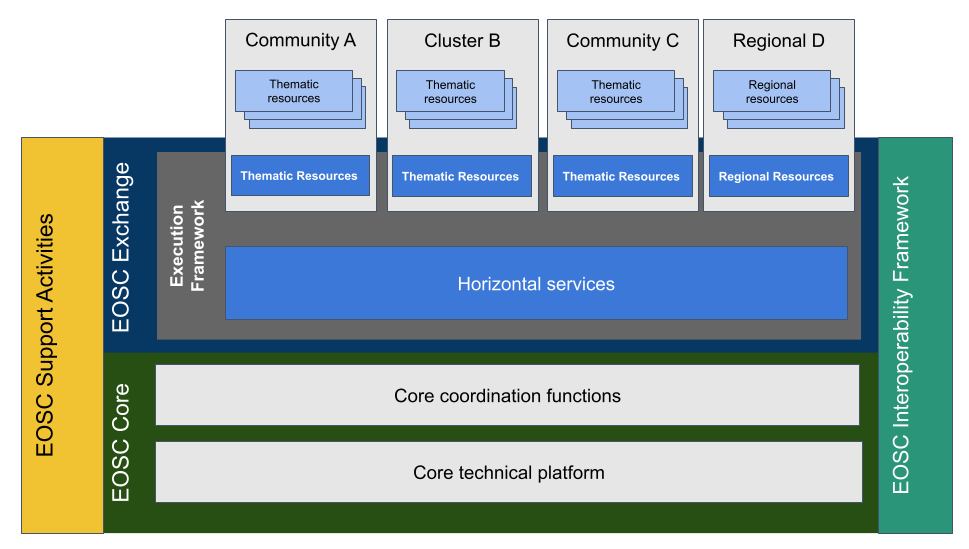
Diagram 3. EOSC Platform high-level architecture
To better plan both operations and functionalities available to the resource providers, there was a need to identify provider types that might be potentially interested in joining EOSC. This allows for a better understanding of emerging needs and the diversity in terms of policies, resources, needed procedures and supporting tools.
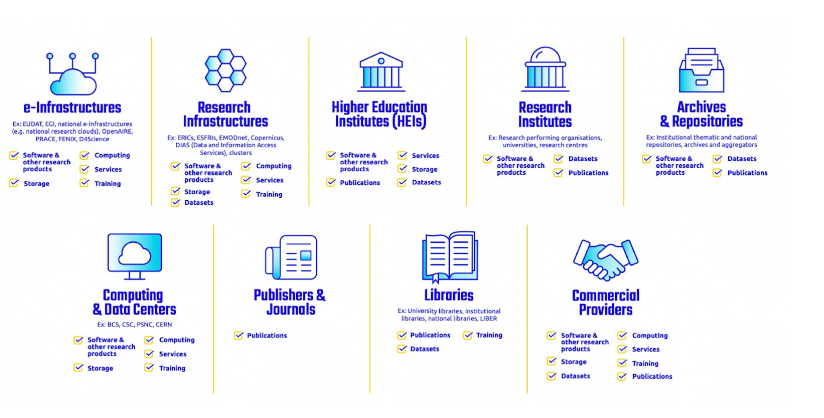
Diagram 4. Providers recognised in scope of EOSC
For the provider, when planning a new service or research product and the delivery thereof, it is crucial to understand the targeted consumer base well. To meet this requirement an analysis was performed for EOSC Consumers. The result is shown in diagram 5.
Diagram 5. Consumers recognised in scope of EOSC along with characteristics relevant in EOSC
Core integration in EOSC#
For the providers of horizontal resources (such as computing or storage) EOSC Future is preparing its so called “Interoperability Framework” which will define ways to connect new capacities to existing horizontal services. While the general guidelines are under development, EOSC Synergy implemented the required integrations for e-Infrastructure services involved in the project. This integrations will be the subject of the next chapters of this document.
When connecting your resources to an already existing horizontal service, there is still a need to follow its integrations with the EOSC-Core layer. A horizontal service, like all other EOSC services (such as thematic services), may expose its user-support features to the EOSC consumer. For that, a unified, user-centric environment that publishes data related to service delivery (EOSC-Core) has been created.
It consists of 6 Core services, that focus on different aspects of making services available to its users in a professional manner:
- Service discoverability supported by the EOSC Resource Catalogue and the EOSC Marketplace
- Service usability supported by the EOSC Order Management
- Service Monitoring
- Service Accounting
- User Support facilitated in the EOSC Helpdesk
- Service accessibility supported by the EOSC AAI Proxy
Depending on the infrastructure maturity of service delivery, there are multiple options. Either the EOSC instances of Core services may be used, or own Core instances may be deployed, to connect custom Core capabilities to the central instances, so the EOSC Consumer is offered with more advanced experience when using services.
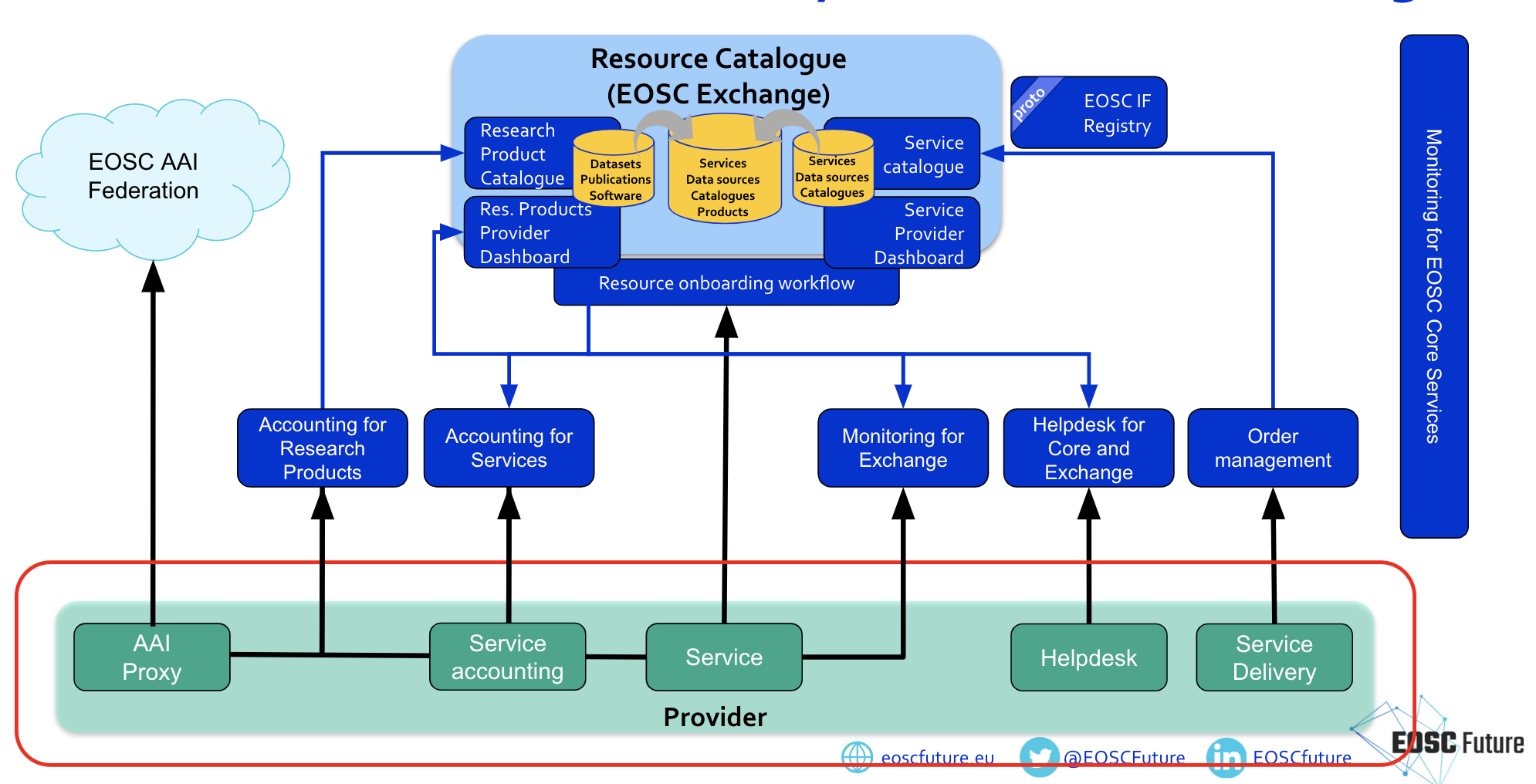
Diagram 6. Overview of integration possibilities for a Resource Provider in EOSC
We will now focus on different given EOSC-Core service, and explain the goals of the integration and the methods used. The descriptions are taken from the EOSC-Core Interoperability Guidelines delivered by EOSC Future.
EOSC Resource Catalogue#
The EOSC Resource Catalogue is the heart of the EOSC Future ecosystem. It provides data and functionality to register, maintain, administer and share resources onboarded by various providers. Moreover, it is the point of reference for all EOSC Platform components that provide added value to the resource catalogue and help in making all contributed data and services searchable and accessible using various tools, both for researchers and end users.
The EOSC Resource Catalogue is the result of merging the EOSC Service Catalogue (including data source services) and the EOSC Research Product Catalogue, together with the related list of EOSC providers. These are populated independently, as the resource onboarding process they support differs due to the different nature of the resources they manage, but their resources are interrelated. The services can acquire metadata records from similar catalogues located within various locations, such as Research-Infrastructures, clusters, within other organisations, or directly from the data sources, in the case of research products. As a result, the EOSC Resource catalogue contains metadata about services, data sources, and research products, together with semantic relationships between them, highlighting the nature of the connection between services and products (e.g. hosted By, generated By, etc.)

Diagram 7. EOSC Resource Catalogue high-level architecture
For more details about this service and ways to integrate with it, please refer to Resource Catalogue Interoperability Guidelines.
The Resource Catalogue is available at https://providers.eosc-portal.eu/home.
Order Management#
One of the formative aspects of the EOSC Platform was to facilitate the collaboration between EOSC end-users and EOSC resource providers to stimulate the uptake of EOSC Resources. By providing different levels of support for various EOSC Resource access methods, the EOSC Marketplace addresses the inherent diversity of the EOSC ecosystem. Among other functionalities supporting the resource accessibility, Marketplace provides end-user features to order resources, monitor user requests and communicate with resource providers. For the providers in turn, the Marketplace offers various interoperability patterns to integrate order management processes in alignment with a vision of a federated system of systems. The implemented interoperability patterns are aimed at individual providers and provider communities adopting the guidelines to integrate their own resource provisioning mechanisms. The EOSC Order Management process engages also the EOSC Platform Operations Team who play a key role in the EOSC Platform CRM (Customer Relationship Management), end-users support and guidance through the composability of resources in the EOSC ecosystem.
The EOSC Marketplace facilitates the ordering process, being a connection point between resources and order management systems (OMSes) for resource providers. It is also an entry point for the users looking to advance their research projects by using EOSC Resources. They can follow the entire path from resource discovery to order fulfilment in a single portal, meaning a coherent experience from their side.
On the other hand, providers and communities are met with several flexible options to integrate their ordering process. Firstly, they can specify offerings for their resources. Providers can configure their offerings using an interoperable “Offering API” or ergonomic UI. Both are flexible enough to support various offering use cases. Secondly, they can handle orders placed in the system in several interoperable ways, either utilising the existing SOMBO system (Service Order Management Back Office), or using the Marketplace Ordering API. The latter allows the integration of existing Order Management Systems while providing an out-of-the-box support for Jira-based solutions as a reference implementation of the integration.
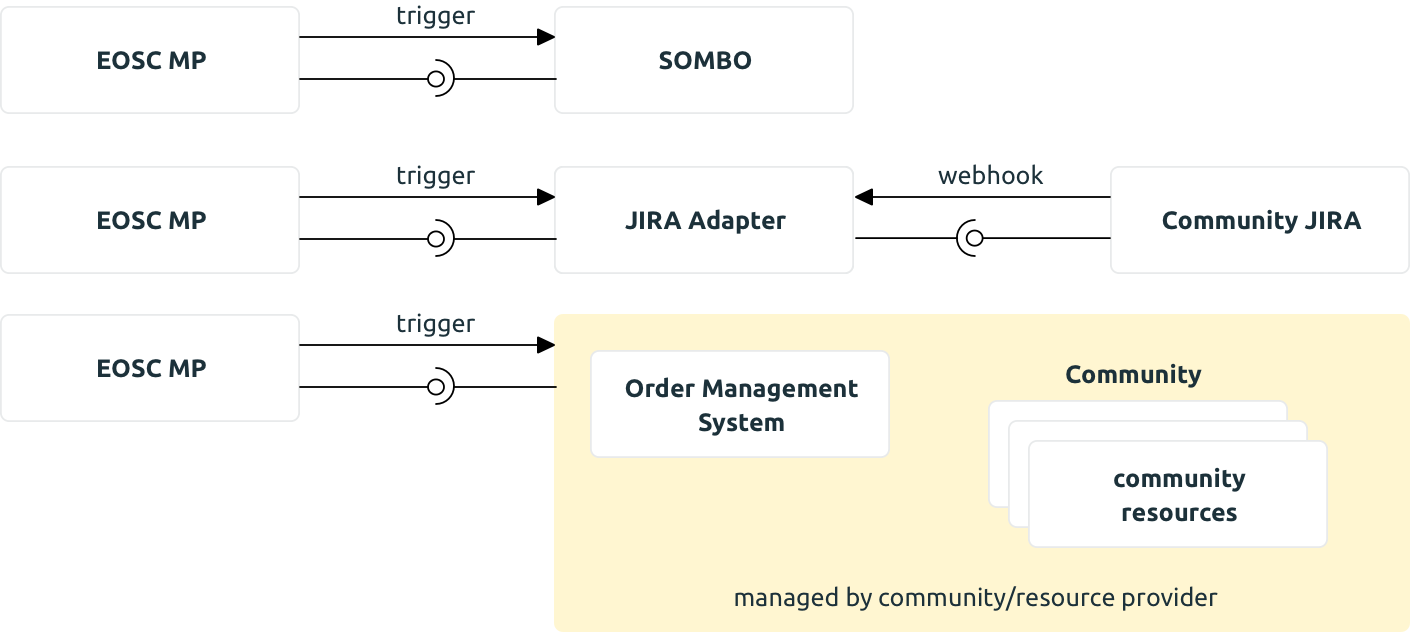
Diagram 8. EOSC Order Management interoperability patterns
For more details about this service and ways to integrate with it, please refer to the Order Management Interoperability Guidelines.
The EOSC Marketplace service is available at https://marketplace.eosc-portal.eu.
Service Monitoring#
Monitoring is the key service needed to gain insights into an infrastructure. It needs to be continuous and on-demand to quickly detect, correlate, and analyse data for a fast reaction to anomalous behaviour. The challenge of this type of monitoring is how to quickly identify and correlate problems before they affect end-users and ultimately the productivity of the organisation. Management teams can monitor the availability and reliability of the services from a high level view down to individual system metrics and monitor the conformance of multiple SLAs. The key functional requirements are:
- Monitoring of services,
- Reporting availability and reliability,
- Visualisation of the services status,
- Provide dashboard interfaces,
- Sending real-time alerts.
The dashboard design should enable easy access and visualisation of data for end-users. APIs should also be supported so as to allow third parties to gather monitoring data from the system through them.
The key requirements of a monitoring system are:
- Support for multiple entry points (different types of systems can work together)
- Interoperable
- High availability of the different components of the system
- Loosely coupled: support API in the full stack so that components are independent in their development cycles
- Support for multiple tenants, configurations, metrics and profiles to add flexibility and ease of customisation.
For EOSC there are two monitoring services already in place: EOSC-Core and the EOSC Exchange Monitoring Service. These two services are responsible to monitor the Core services (EOSC-Core Monitoring) and the services onboarded to the Marketplace (EOSC-Exchange Monitoring).
For more details about this service and ways to integrate with it, please refer to Monitoring Interoperability Guidelines.
The monitoring service is available at https://argo.eosc-portal.eu.
Service Accounting#
General Interoperability Guidelines for service accounting are yet before publication but when ready, will be available (here) [https://wiki.eoscfuture.eu/display/PUBLIC/Services+Accounting+Architecture+and+Interoperability+Guidelines].
However, as the ‘horizontal integrations’ in EOSC Synergy were conducted with services offering service accounting, the specific approach towards accounting in the scope of this project is presented later in this document.
EOSC Helpdesk#
The EOSC Helpdesk is the entry point and ticketing system/request tracker for issues concerning the available EOSC services. It implements incident and service request management and provides efficient communication channels between customers, users and providers of the IT resources and services. The EOSC Helpdesk provides multiple capabilities, which were established during requirement analysis, such as self-service, reporting and notifications; it guarantees the integrity of the IT infrastructure and quality of the delivered services.
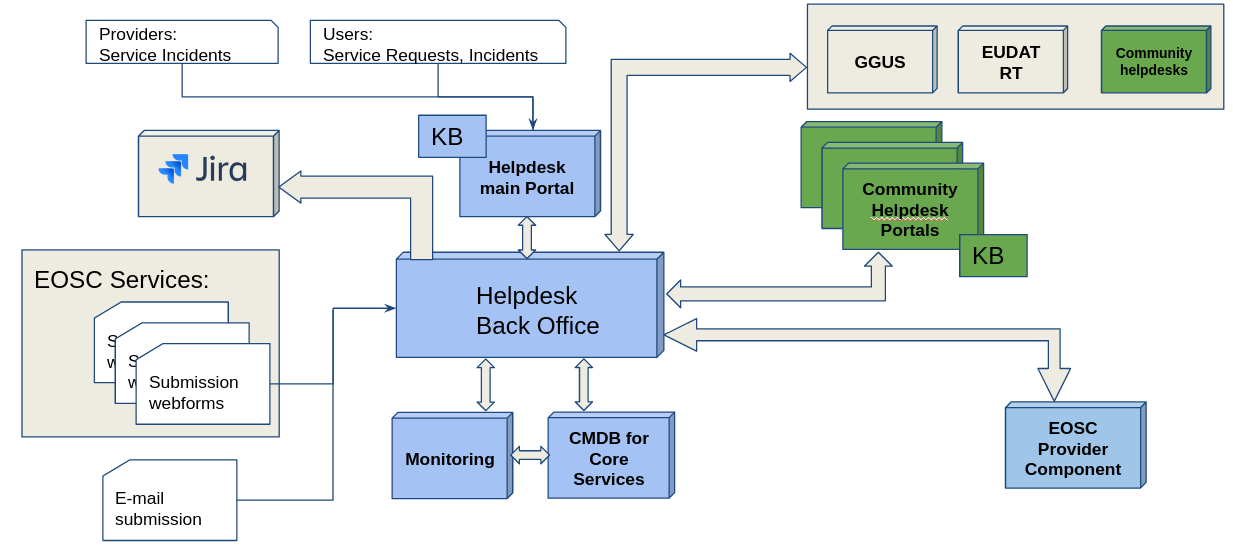
Diagram 9. EOSC Helpdesk high-level architecture
For more integration-oriented information about EOSC Helpdesk please refer to this link.
The EOSC Helpdesk is available at https://eosc-helpdesk.eosc-portal.eu.
EOSC AAI Proxy#
The integration with the Authentication and Authorisation Infrastructure (AAI) is the fundamental step, because this is the mechanism that delivers the identities (unique identifiers and group memberships) to the infrastructure. This is essential in order for the users to access the services in the first place. Furthermore, AAI is the logical “point” where users may be informed about the policies (like privacy notices, AUPs) and where access rights to services may be enforced.
The EOSC-Core Infrastructure Proxy is connecting the EOSC Core, EOSC Exchange and EOSC Support Services to the EOSC Federated AAI.
At the moment, documentation and integration guidelines publicly provided for joining AAI Infrastructure Proxy, do not recognise EOSC Exchange Service Providers. The new version of guidelines is just being finalised and are available here.